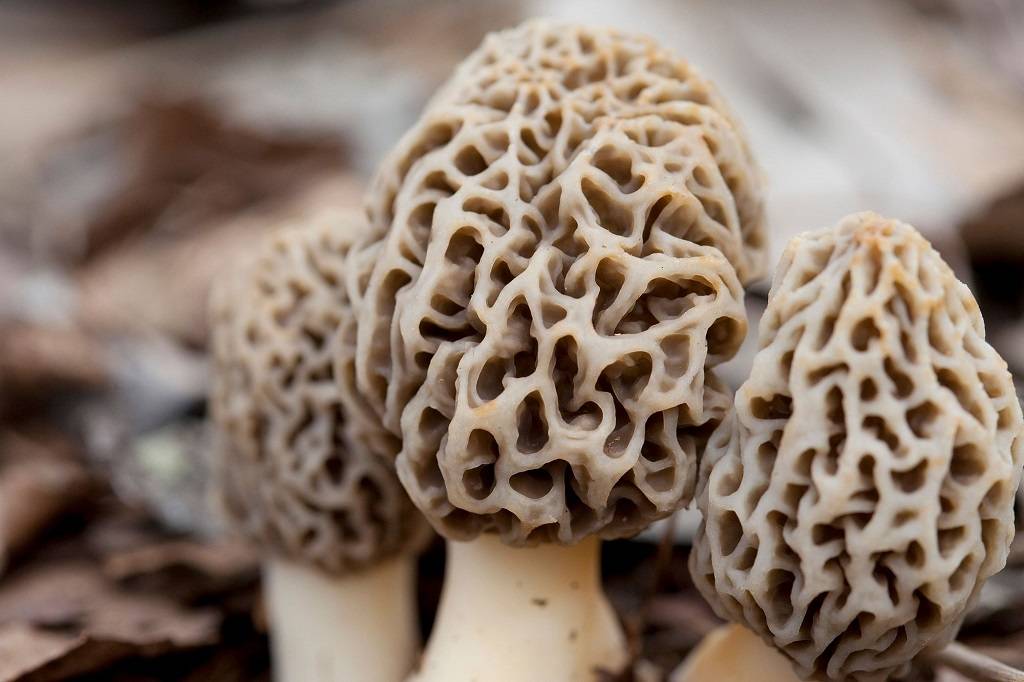
Morel mushroom or Guchhiis a type of mushroom which is found in the districts of Jammu and Kashmir, as well as a few high-altitude regions of Uttarakhand and Himachal Pradesh in India. It is among the most costly edible mushrooms of the Morchellaceae family.
Morchella mushrooms are grown naturally in soil with moisture after February and are still not fostered by artificial means in India. The growth of these mushrooms is said to begin after the snowfall, following thunderstorms.
Factors Contributing To Scarcity of Mushrooms
The job of mushroom hunters is becoming increasingly difficult. There are two major factors contributing to this- the expensive edible fungi can only be grown naturally, which makes it extremely hard to earn, and also the availability of these mushrooms is becoming scarce day by day.
There is one other factor that is contributing to the scarcity of morel mushrooms. People who go hunting for morel mushrooms in Kashmir and Himachal Pradesh end up plucking the complete range of these mushrooms they discover in one particular ecosystem, having left no fungi to complete the life cycle of morel mushrooms for the next season.
Change In Climatic Conditions
Morel mushrooms are the victims of changing climate, according to Anil Kumar, who is a senior scientist at the Indian Council of Agriculture Research Directorate of Mushroom Research at Solan. He also added that with every year's increase in temperature, there is no moisture content left in the soil, and morel mushrooms require moisture content to thrive.
These aren't your typical mushrooms that can be grown in labs. Climatic changes as well as some human activities have resulted in the reduction of the yield of morel mushrooms. January's global surface temperature was 0.89 degrees Celsius above the 20th-century estimate of 12.0 degrees Celsius, which makes it the sixth hottest temperature of January ever recorded in the period of 143 years.
















